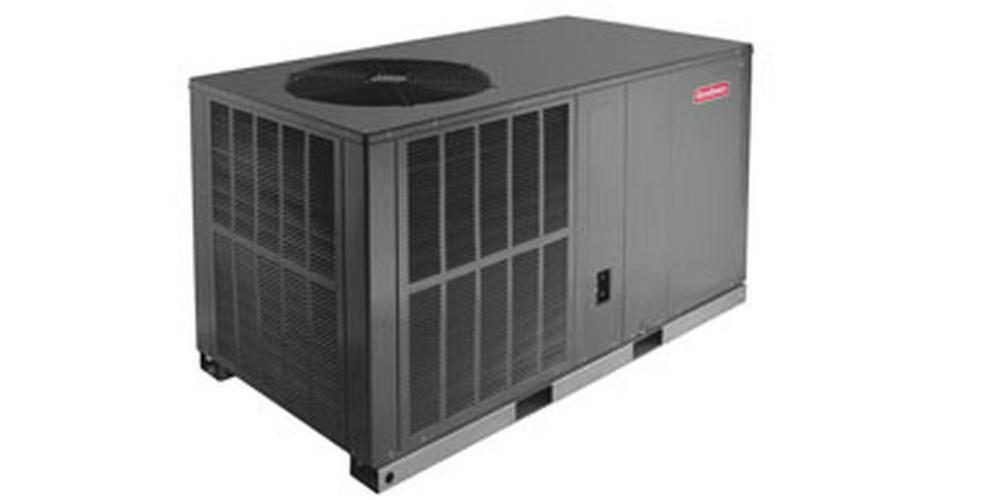An all-in-one 3-ton package heat pump unit houses all of the system’s components. In most cases, the unit is installed on the roof of a building or on a flat surface outside of the structure. When it’s hot or cold outside, conditioned air is ducted inside the structure to keep it comfortable. This section will focus on air-to-air packages in which the heat is either rejected or derived from the surrounding air.
Instead, the heat pump split system comprises separate indoor and outdoor units that are connected to each other via the liquid and gas connections between the two units. A fan, a coil, an expansion valve, and an electrical control board make up the indoor unit. Fans, a coil, four-way valve, compressor, and outside thermostat make up the outdoor unit.
Ingenious heat pumps combine the cooling and heating capabilities of an air conditioner into a single appliance. Heat pumps aren’t two different machines bundled together; they employ the same mechanism to create cooling as they do to produce heat.
As a result, homeowners may be unsure of exactly how a heat pump works. We’ll go into more depth about how these systems function and answer a common question: how can a heat pump extract heat from chilly temperatures in the wintertime?
A heat pump works like an air conditioner, except that it may reverse the direction of heat transfer. Transferring heat from one area to another is known as heat exchange. During cooling mode, a heat pump utilizes heat exchange to transport heat from the inside of a house and send it to the outside of the building.
The blower fans circulate this conditioned air around your home by removing heat. Heat is brought within by a heat pump while it’s in cooling mode, but when it’s in heating mode, it’s brought outdoors.
Since the heat pump is only used when it’s chilly outside, how is it able to remove heat from the outside? How does it manage to generate heat from such a low temperature?
It is always possible to have some heat in cold air, even at absolute zero temperatures (which is a fictitious temperature anyhow) and when there is no molecular movement. A heat source remains as long as molecular motion exists. The available heat is extracted by the heat pump through the evaporation process.
As the temperature decreases, heat pumps have a harder time getting rid of the heat. Even if the temperature rises above freezing, heat pumps tend to lose their ability to heat the home. Because heat pumps are more efficient at cooling, they tend to have lower efficiency ratings for heating.
Prior to scheduling a heat pump installation, we strongly advise that you speak with heating professionals. Having a professional assess your home’s heating needs and recommend other solutions if a heat pump isn’t the best option is an important part of hiring a professional installer.
An air conditioner’s blower, exterior fan, and compressor will all go on if the room temperature drops below the thermostat-set limit.
The hot air from the compressor is sent to the indoor coil when the 4-way valve is closed. The heating mode has been activated in the system.
When the temperature outside continues to fall, the quantity of heat that can be transported decreases. The auxiliary heater from electric, oil, or gas will be activated in order to keep the space warm.
Although it varies by manufacturer, it’s not uncommon to utilize an external thermostat to regulate the auxiliary heater’s temperature.
Where To Buy Your Packaged Heat Pump
Now that you’ve done your homework and come to some conclusions, you’ll need to know where you can get a 3-ton package heat pump that can handle at least three tons of heat.
We’ve got you covered at Budget Air Supply! All the different types of heat pumps may be found there and compared side by side. You and your family deserve the best and most economical products and services from our little business.
Give them a ring at 855-473-6484 right now!












